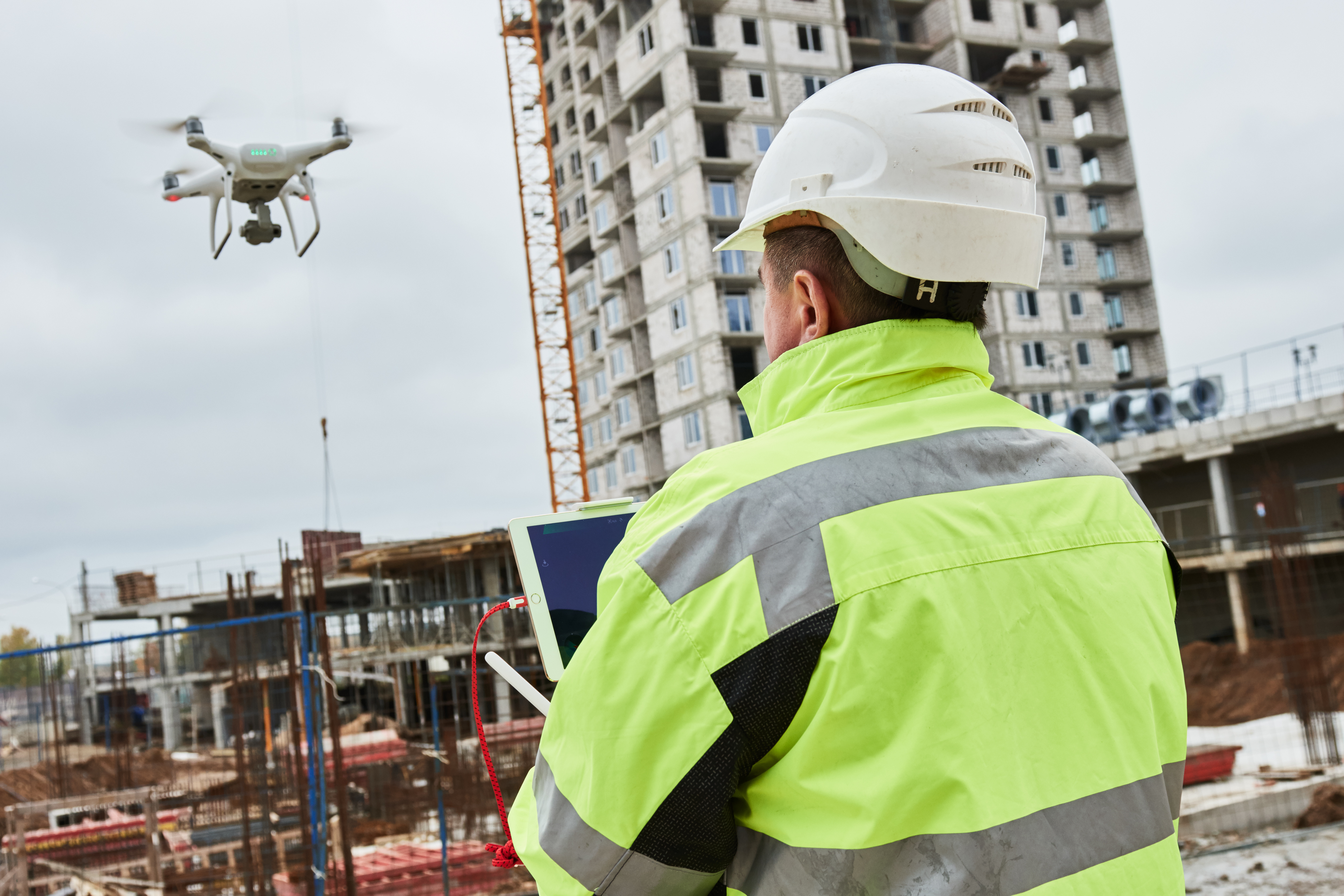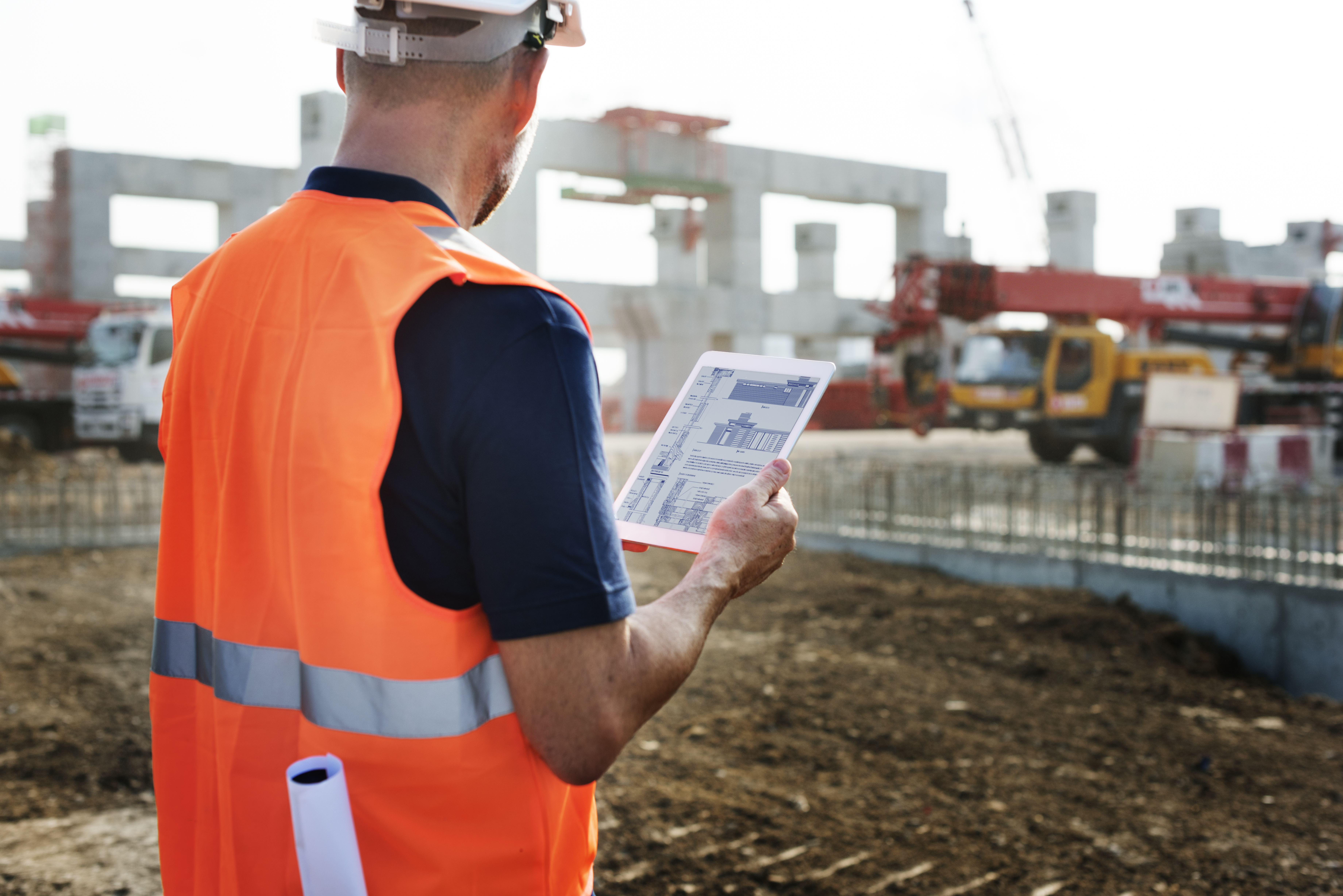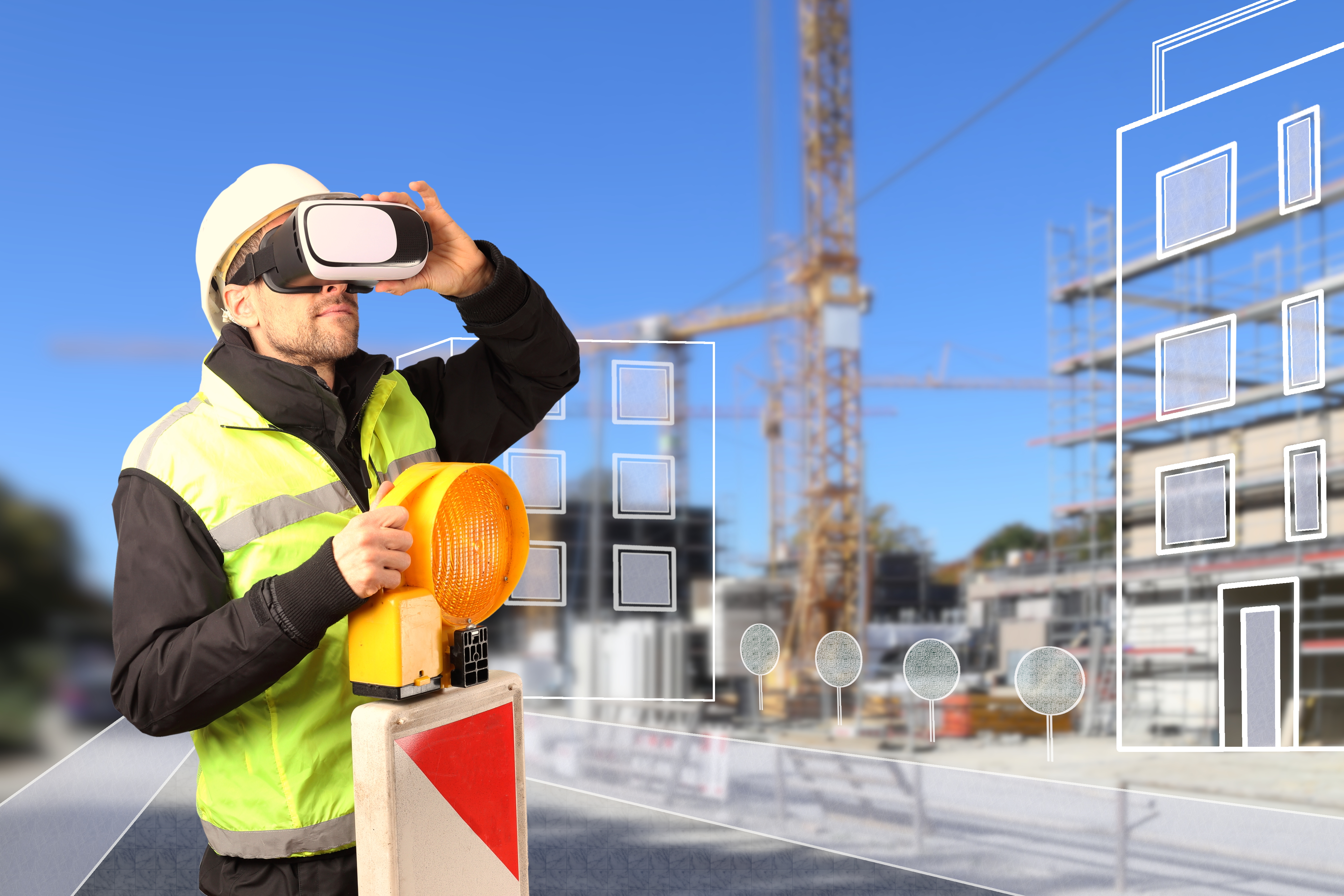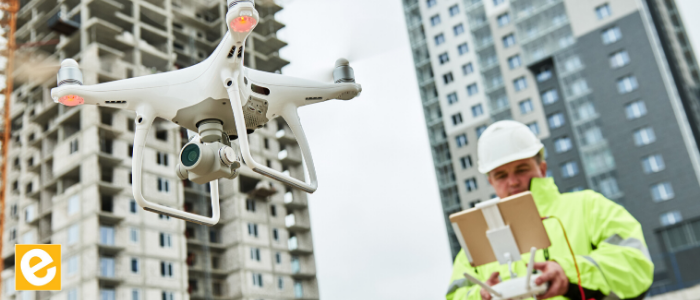It’s 2020. And businesses are striving to increase efficiency at every level of the enterprise. In the construction industry, as a trade contractor, with the right scope and design, you can take your team, and operate the project in a way that produces the best work for the owner and client. Over the years, technology has been invented and developed to help construction operations and other departments improve overall efficiency. However, many contractors fall for shiny applications and tools that simply don’t measure up and create data silos. They have also been reluctant to develop an internal technology roadmap to support and measure improvement – this is typically outside their comfort zone, to commit to implementing modern technology. There are trade expert technologists to help you through these issues.
To transform from traditional project delivery and improve construction operations, electrical, mechanical, drywall, and many other types of contractors must implement modern technology to help them increase productivity. The 2020 list of modern technology below can improve your construction operations on and off the job site, so spend some time evaluating and talk to “Trade Expert Technologists” before venturing into your purchase.
Photo by metamorworks on Shutterstock
Artificial Intelligence (AI)
AI is short for Artificial Intelligence, and it is software or equipment that computers do the tasks that are usually required by human intelligence. Computers can identify patterns and learn by example. There are two ways that algorithms on computers can gain artificial intelligence: Machine learning and Deep learning.
Machine Learning
is the act of training computers to think by utilizing mass amounts of data and identifying patterns to learn by example. Thus, the algorithm learns to identify trends, like the sequence, combination, and occurrence of words. Machine learning helps with risk mitigation. According to Autodesk University, “The algorithms are able to understand and predict complex things like whether an issue would cause a potential water infiltration if not addressed.”
Deep Learning
is a technique under machine learning and is based on neural networks. A neural network is a type of machine learning algorithm that stimulates the human brain’s neurons. Deep learning has allowed a tremendous amount of breakthroughs to happen, including self-driving cars and home assistants. Self-driving cars utilize deep learning to recognize patterns, predict situations, and act accordingly.

Photo by Dmitry Kalinovsky on Shutterstock
Drones
Drones can do aerial scanning and surveying on construction sites to collect data. With this technology, they can scan projects in real-time to produce visibility that workers on the ground can’t do. Drones produce the data and contractors can use the data to build 3-D structural models or topographical maps that help estimate and determine the amounts of materials to reduce excess costs. Drones help keep projects on track with the ability of increased visibility to spot potential problems.
Real-time data
What is real-time data? Real-time data is a type of business data that relays to managers of the office in real-time. For example, shipping companies receive real-time data on packages and drivers with GPS and individual packing numbers. In construction, companies need to track equipment, labor, time, level of completion, injury rates, and company vehicles. There is an increase in integrated software; they improve construction operations because real-time data is an excellent route for construction companies to become more efficient and streamline their processes.
BIM
Construction companies are implementing construction software into their operations on job sites with phones and computers. From financial data to labor tracking, real-time data can improve construction. Building Information Modeling, BIM, are 3D and 4D computer models that represent physical characteristics as well as maintenance and survival expectations. BIM and real-time data go hand in hand because together. It is easier to determine how complete a project is and the length of a project. Real-time data and BIM allow you to Visualize the completion of a project and the best course of action, which ultimately leads to increased efficiency. Very soon, using BIM will be a standard. According to JBKnowledge’s 2019 survey report, 55% of companies already use BIM. If you don’t adapt to BIM, it could be a mistake for companies later down the road.
Digital Time Cards
There are time card solutions that accurately track real-time data. Construction companies can introduce mobile time solution, and it follows when a worker clocks into work and GPS allows it to track where they were when the worker clocked in. Additionally, mobile time solutions can associate a cost code to the time card data, and this ensures the accurate billing of their time. In terms of construction operations, time card data can determine non-productive time on job sites, and project managers can make adjustments to improve productivity.
Location Data
This is one of the most common types of real-time data, and it is a way to determine where equipment is. When there are multiple project areas, it ensures that the right equipment will be at the correct job-site. Tech companies are implementing location data to create fall detectors so you can find any injured party.

Photo by Rawpixel.com on Shutterstock
Mobile Devices
Construction operations efficiency is smoother with mobile devices. According to JBKnowledge’s, Contech 2018 report stated that approximately 65% of trade contractors use tablets on the job site and 93% use smartphones. Their survey indicated that tablets, smartphones, and other mobile devices enable easy access to applications that help streamline business with real-time data, daily reporting, and documentation platforms. As you know, there’s a tremendous amount of data and information for large-scale construction projects. Mobile devices can store that data instead of filing through piles of paper. Companies that don’t use mobile devices in their construction operations struggle in capturing their data to make effective business decisions.
Cloud-Based Construction Management Software – The platform
Construction work isn’t limited to only job-sites; there are teams of field workers and the office that use cloud-based construction software in their operations to complete projects. In terms of business processes, cloud-based construction software is secure, accessible, and flexible, which allows you to do your job more efficiently.
You don’t have to worry about information getting stolen because most cloud management software has highly secure servers that protect company information and data. Since the information is in the cloud, it’s retrievable at any time, as long as you have an internet connection.
In addition, cloud-based software allows instant communication. Collaboration is critical in a project, and this software enables every team member to have an instant connection at their fingertips. Teams can access and send information at any time; this saves time from filing through documents.
Moving documents into digital forms can save vast amounts of time and energy in the long run. Documents such as billing, code inspections, daily reports, and estimations can be transferred into digital form to optimize organization and daily workflow.

Photo by riopatuca on Shutterstock
Wearable Technology
Wearable technologies allow the opportunity to improve safety and efficiencies, reduce injuries, and enhance the quality of life for workers in your construction operations.
Visual wearables
Visual wearables use optical aid on or in glasses, hats, or visors that enhance or promote visual images for the wearer. They improve efficiency because they allow fieldworkers to be hands-free while they work.
Tactical wearables
Devices that simulate as an exoskeleton to increase worker’s durability and strength. This type of wearable monitors force and responds to protect the user. Tactical wearables are better for the well-being of field workers because they reduce the potential sprains, strains, and back injuries.
Sensing wearables
Devices that sense a field worker’s environmental and physical conditions. In addition to this, wearable tools can analyze data and warn the worker of hazardous harm or injury. Sensor wearables can be in any form. For example, they can be an attachment to hardhats, personal protection equipment, or safety glasses.
Wearables also include augmented and virtual reality technology, which overlays computer-generated video onto camera-captured video, so it appears in the exact location in the real world. Some examples of wearables are DAQRI Smart glasses, Microsoft Halolens, and Proxi’s Smartwatch. In construction operations, implementing wearables can improve the safety and overall well-being of fieldworkers.
Conclusion
Modern technology is evolving to fit the needs of the construction industry. If you want to improve your construction operations, implementing technological trends like BIM, wearables, drones, augmented reality headsets, and cloud-based software is a good start. They are proven to increase efficiency and productivity on job-sites. We live in a technologically advanced world, it’s better to get started with modern technology so you can stay competitive with other companies.

















